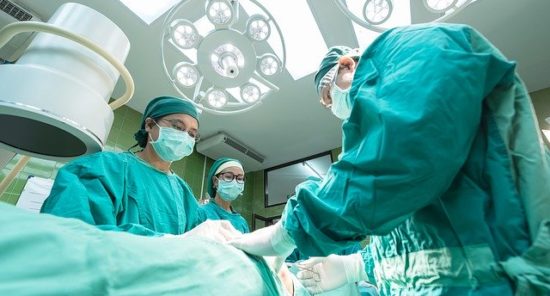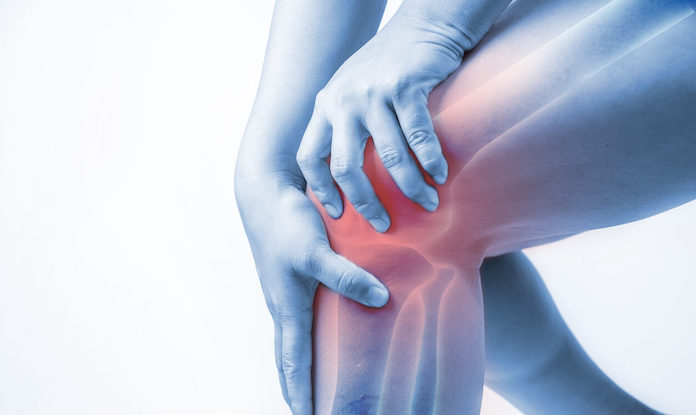Researchers of a recent study investigated the connection between total sleep time (TST) spent in increased respiratory effort (RE) and the prevalence of type 2 diabetes in a large group of individuals suspected of having obstructive sleep apnea (OSA) and undergoing in-laboratory polysomnography (PSG). They used non-invasive measurements of RE derived from sleep mandibular jaw movements (MJM) bio-signals. A machine-learning model was developed to predict the presence of type 2 diabetes using clinical data, standard PSG indices, and MJM-derived parameters, including the proportion of TST spent with increased respiratory effort (REMOV [%TST]). The researchers used the Shapley additive explanation method for post hoc interpretation and found that a high value of REMOV was the most significant risk factor for type 2 diabetes, surpassing traditional clinical variables and standard PSG metrics such as apnea-hypopnea and oxygen desaturation indices.
Researchers concluded the proportion of sleep time spent in increased RE, as assessed through MJM measurements, is an important predictor of the association of type 2 diabetes in individuals with OSA.
Reference: Martinot JB, Le-Dong NN, Borel AL, Tamisier R, Malhotra A, Pépin JL. Respiratory effort during sleep and the rate of prevalent type 2 diabetes in obstructive sleep apnoea. ERJ Open Res. 2023;9(suppl 11, 78). doi: 10.1111/dom.15169









